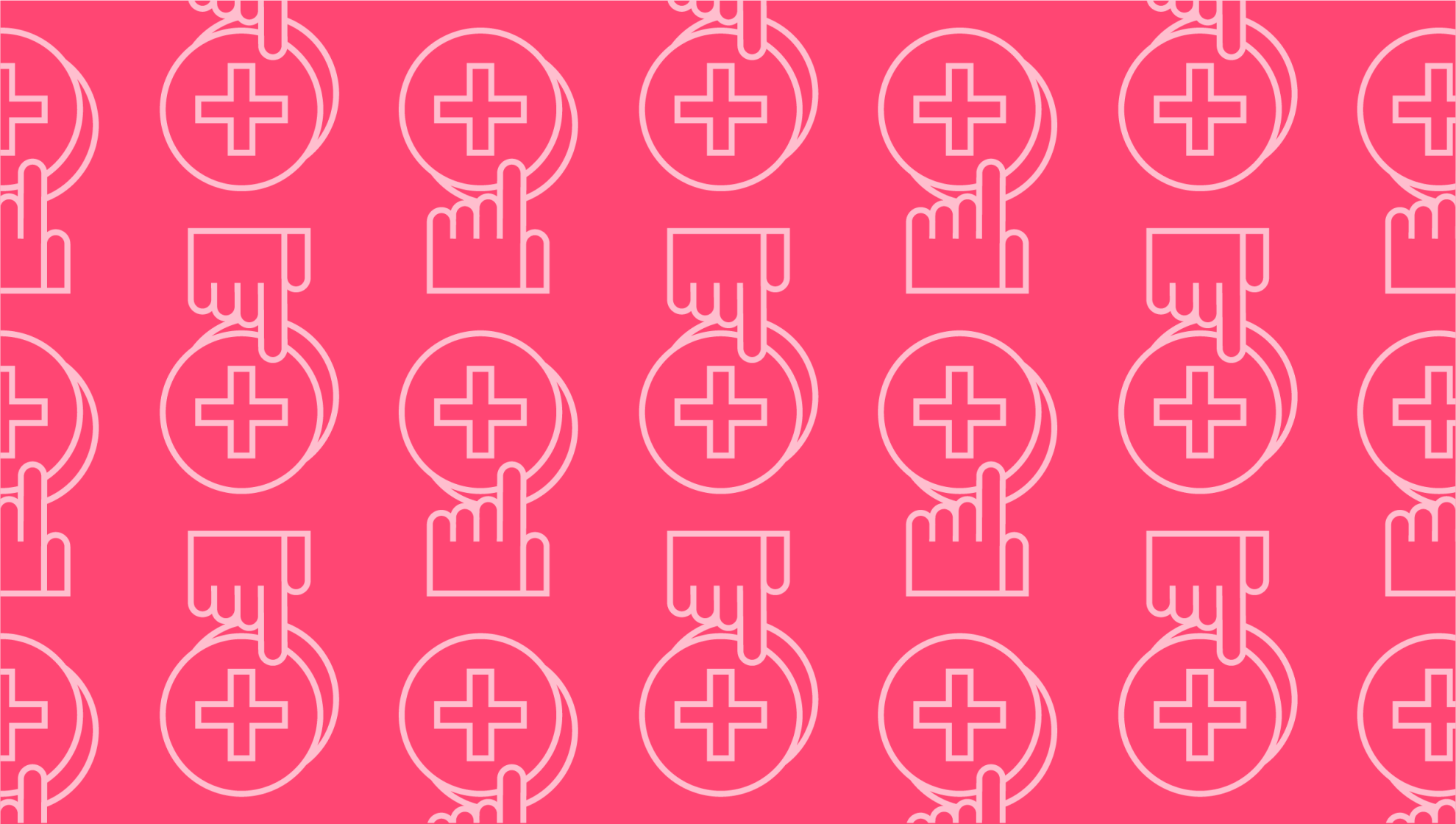
How to write a DJ invoice (& template)
Last editedMar 20232 min read
If you’re writing a DJ invoice and you’re VAT-registered, you’ll need to follow HMRC rules on what you must include. If you’re not VAT-registered, you can download a basic template and adapt it to your needs and branding. Here are some hints to help.
Make sure your DJ invoice has all contact information
With most invoices, you include the sender’s and recipient’s contact details. But when creating a DJ invoice format, it can be useful to add the contact details for the venue if it’s different from the recipient’s home/business address.
Technically, you only need to include your physical address. In practice, it makes sense to include all of your contact details. That includes your website/social media presence. In fact, you may even want to include a QR code on your website/social media presence.
This makes it easy for the client to get in touch with you with any questions. It also makes it easy for the client to rebook you and pass on your details to someone else who might want to book you.
How to collect payments with GoCardless
1.
Create your free GoCardless account, access your user-friendly payments dashboard & connect your accounting software (if you use one).
2.
Easily create payment links to collect one-off or recurring online payments, and share them with your customers.
3.
From now on you'll get paid on time, every time, as GoCardless automatically collects payment on the scheduled Direct Debit collection date. Simple.
Be specific about what costs are included on your DJ invoice
One of the most important rules of invoicing is to be as specific as you can about what the invoice is for. This is particularly important for DJ invoicing. In particular, if you’re offering packages, make sure that you put the details of each package in the invoice itself. Do not just put a reference to your website.
If you frequently get booked for packages, you might find it useful to create a standard DJ invoice template for each package, then you can just fill in any specific details as necessary. Alternatively, you could use a text-expander app (such as Atext) to fill in the basic details of each package. Again, you would just fill in anything specific.
If you don’t offer packages or you’re offering services outside of the package, make sure these are clearly detailed. Again, break them down as much as possible. Do your best to make sure that you pre-empt any questions the client could possibly have about the billing, and answer them on the invoice if you can.
Sending your DJ invoice
Most of the time, you’ll submit your invoice by email – if you do, PDF is the safest option. This is because the formatting should stay the same regardless of how the client views it. Even if you’re sending it to a dedicated address (such as ‘invoices@…’) keep your subject line relevant. Make sure the client (or their software) can tell immediately what it is.
Occasionally, you may be asked to upload an invoice to a portal. If you are, make sure you know which formats and file sizes are accepted. The chances are your regular PDF will be fine but it’s always wise to check.
Collecting payment for your DJ invoice
Your payment terms should be included on your DJ invoice along with the payment methods you accept. In principle, offering your customers a wide range of payment methods increases the chances that you will offer a payment method they want to use. In practice, it’s easiest to standardise on one payment method that works for everyone.
Direct debit is the obvious choice. Thanks to GoCardless, it’s easy for even small businesses and freelancers to take direct debits. Using direct debits is much more cost-effective (and simpler) than taking payment cards. It also means you can keep your bank details private (and you don’t have to wait for cheques to arrive and clear).
Another bonus of direct debits is that all your clients have to do is authorise you to take payment from their account. You can take care of everything else. That means less work for them and maximises your chances of getting paid in full and on time every time.
We can help
GoCardless is a global payments solution that helps you automate payment collection, cutting down on the amount of financial admin your team needs to deal with. Find out how GoCardless can help you with one-off or recurring payments.

